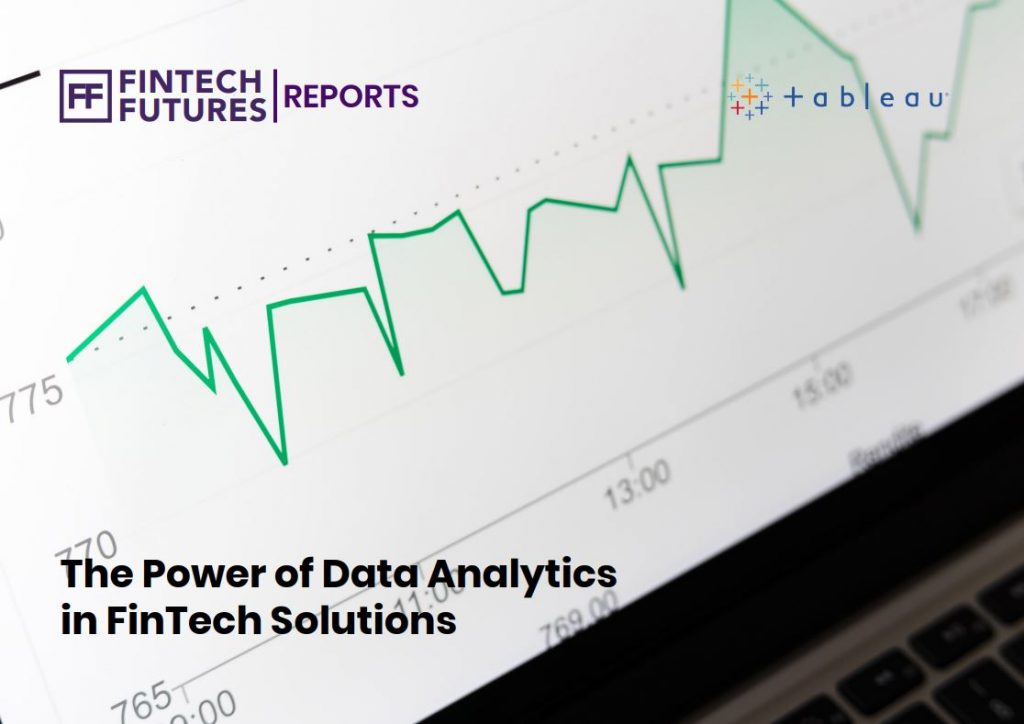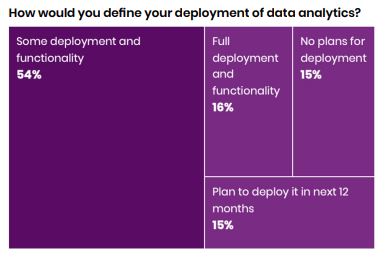Report: The power of data analytics in fintech solutions
Humankind has dealt with data since the first enterprising accountant in ancient Mesopotamia decided to log on a tablet who provided the most bushels of crops stored in his master’s warehouse.
 The data revolution in financial services is not on its way, it is already here. Although financial institutions may be well acquainted with data, using that data to provide actionable insight, learn about trends, and drive innovation and growth is something altogether different.
The data revolution in financial services is not on its way, it is already here. Although financial institutions may be well acquainted with data, using that data to provide actionable insight, learn about trends, and drive innovation and growth is something altogether different.
In the 70s and 80s, banks relied on highly trained technical specialists to make sense of database modelling. This meant that only the very large players could undertake such analysis.
Even then, they faced a series of external issues, including a competitive landscape, the commoditisation of traditional service offerings, and a need for rapid time-to-market.
Now, institutions of all sizes in the marketplace can connect and analyse data to drive better business decisions.
Presentation has become key, as visualisations and dashboards enable entry-level understanding to deeper analytical trends. What used to take weeks can now take moments.
What’s more, better use of data analytics can create stories, which build statistics-driven and transparent cultures, create conversations about what matters, and frees people to do what they were hired to do.
The adoption rate for business intelligence and analytics software is on the rise. Advanced analytics use is also on the rise, as companies begin to interact with big data, seeking to operationalise findings from enormous data sets.
In this deep-dive industry report, in partnership with Tableau, FinTech Futures went to the market, asking our audience to tell us what their data analytics priorities are.












































